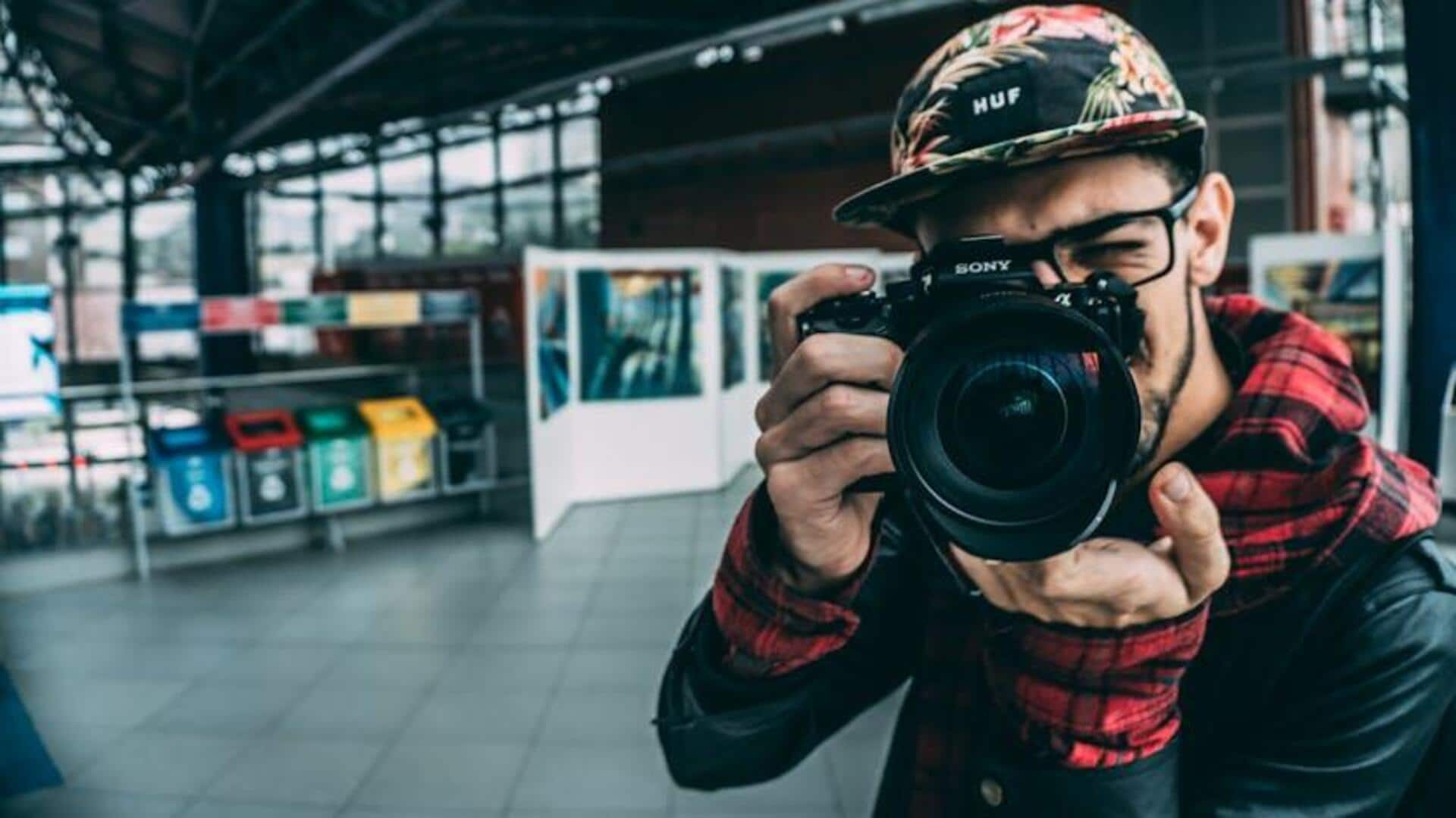
A beginner's guide to cyanotype photography
What's the story
Cyanotype photography is a fascinating process that creates images with a distinctive blue hue. This technique, which dates back to the 19th century, uses light-sensitive chemicals to produce prints from negatives or objects placed directly on the paper. The process is simple and inexpensive, making it a great option for beginners looking to explore the world of photography. Here's a guide to get you started with cyanotype photography.
Materials
Understanding cyanotype materials
To start cyanotype photography, you'll need some basic materials. These include cyanotype paper, which is coated with light-sensitive chemicals, a UV light source (like sunlight or a UV lamp), and objects or negatives to create your image. You will also need water for rinsing the print after exposure. These materials are easily available online or at art supply stores.
Setup
Preparing your workspace
Setting up your workspace is key for successful cyanotype printing. Pick an area with good lighting where you can work without distractions. Lay out all your materials within reach, and make sure you have enough space to arrange your objects or negatives on the paper. Keeping everything organized will make the process smoother and more enjoyable.
Exposure
Exposing your print
Exposure is the most important step in cyanotype photography. Place your chosen objects or negatives on the coated side of the paper and expose them to UV light for a few minutes, depending on the intensity of the light source. The longer you expose, the darker the final image will be. Keep an eye on the exposure time to get the desired contrast in your print.
Rinsing
Rinsing and drying your print
Once exposed, rinse your print under running water until no unexposed chemicals remain visible on its surface. This step reveals the blue tones in your image while halting further development. After rinsing, gently pat dry with paper towels before allowing it to air dry completely flat between sheets of blotting paper, if necessary.